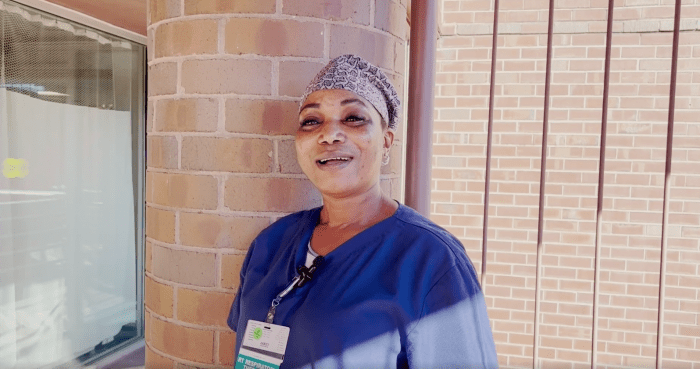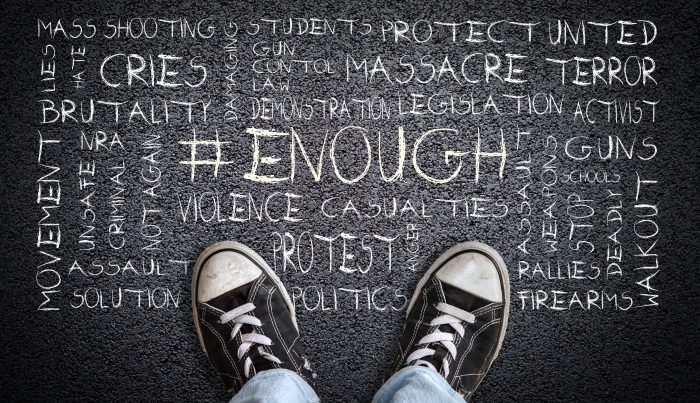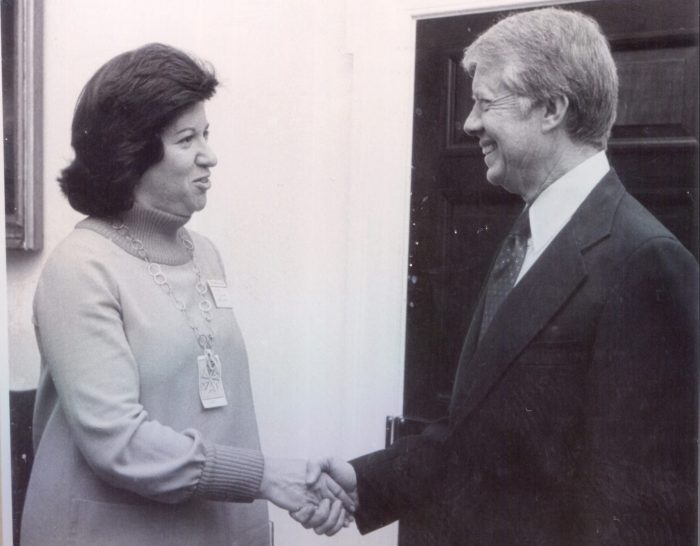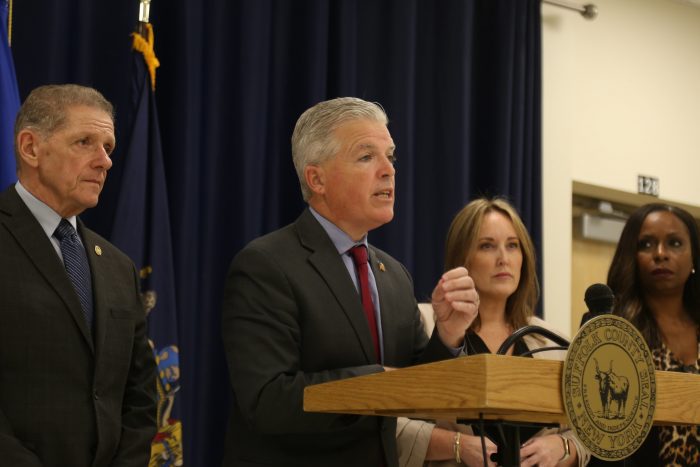By Daniel Dunaief
[email protected]
The number of people battling significant symptoms from the flu and respiratory syncytial virus has been coming down since its peak in January, as these infections have run their course.
“This year, we experienced the most severe flu and RSV waves in decades, and our COVID wave wasn’t small either,” said Sean Clouston, associate professor of Public Health at Stony Brook University.
The number of these illnesses was high as people no longer wore masks in places like schools and after people experienced lower-than-usual illnesses in the months before the mask mandate was lifted, creating fertile ground for viruses to spread.
“The most likely reason that the current flu and RSV seasons have improved is that we have had such a bad season earlier on that we have hit a natural ceiling on the ability for these diseases to successfully infect more people,” Clouston said in an email.
As for COVID-19, the numbers of people who have developed significant illnesses has continued to decline as well, through a combination of the natural immunity people have after their bodies successfully fought off the infection and from the protection offered by the vaccine and boosters.
Doctors added that the vaccine and natural immunity hasn’t prevented people from getting infected, but they have helped people avoid severe and potentially life-threatening symptoms.
“All these people who run around saying, ‘My vaccine isn’t working because I got reinfected,’ are missing the point,” said Dr. Bettina Fries, chief of the Division of Infectious Diseases at Stony Brook Medicine. “It is working. It doesn’t protect you from infection, but [it does prevent] a bad outcome.”
Indeed, during the most recent COVID surge during the winter, Fries said the hospital continued to care for patients, most of whom recovered.
Vaccine timing
Amid discussions from the Centers for Disease Control and Prevention and health organizations throughout the state and country about the timing of future booster shots, local health care providers indicated the increasing likelihood of an annual COVID booster.
Fries said we will get to an annual vaccination for COVID, adding, “It’s the same as we see with the flu.”
In general, people aren’t rushing off to get an updated COVID booster.
“To maximize the protective value of the vaccine while minimizing the number of vaccines you use, people should likely get the vaccine two weeks before they anticipate heavy exposure,” Clouston said.
For most people, that would mean getting the shot in early November to prepare for larger indoor gatherings, like Thanksgiving and the December holidays.
In a recent article in the journal Lancet, researchers conducted an extensive analysis of COVID reinfection rates.
The study dealt only with those people who had not had any vaccinations and addressed the effectiveness of natural immunity from preventing infections and from the worst symptoms of the disease.
Prior infections in general didn’t prevent people from getting reinfected, but it does “protect you from getting a really bad disease and dying,” Fries said.
Long COVID
Even with the number of people contracting COVID declining, the overall population of people battling symptoms of long COVID, which can still include anything from loss of smell and taste to chronic fatigue, continues to increase.
“There’s a plethora of symptoms of long COVID,” Fries said. “We’ll have to figure out how to classify this and hopefully come up with better therapy. Right now, we can only symptomatically treat these patients.”
Dr. Sritha Rajupet, director of the Stony Brook Medicine Post-COVID Clinic, explained in an email that some patients who have lost their sense of smell or have a distorted sense of taste have tried a process called a stellate ganglion block “after several case reports and early research have shown that it could be helpful.”
In such a procedure, doctors inject a local anesthetic on either side of the voice box into the neck. Rajupet said that “additional research and clinical trials still have to be performed.”
Newborns and COVID
As for children infected with COVID soon after birth, doctors suggested that the impact has been manageable.
“The great majority of young children who contract COVID do quite well and recover fully,” Dr. Susan Walker, pediatrician with Stony Brook Children’s Services, explained in an email. “The impact on their development from having actually experienced COVID illness is minimal.”
Children hospitalized with more significant illness from COVID might experience temporary developmental regression which is common in children hospitalized for any reason. The developmental impact seems more tied to social isolation.
“Children born during the pandemic spent their first years of life rarely seeing adults or children other than those in their immediate family,” Walker said. “The result is that many of these kids became excessively stranger anxious and timid around others.”
The lost social opportunities, the pediatrician said, resulted in delays in the personal/social domain of development. She added, “The good news is that kids are resilient and, in time, with appropriate social stimulation, [these children] should be able to regroup and catch up developmentally.”



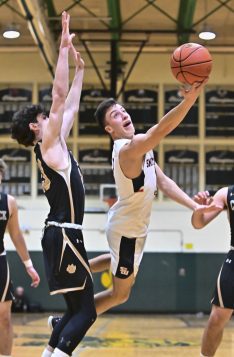
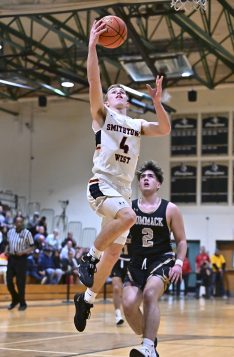
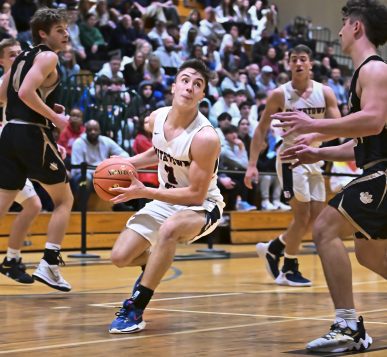


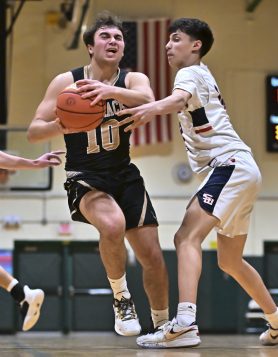
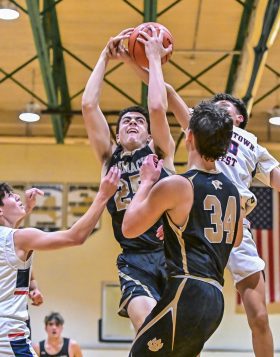
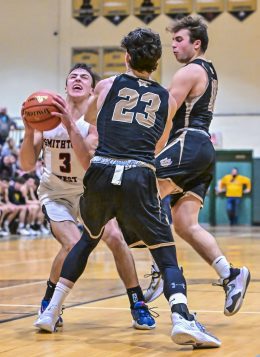


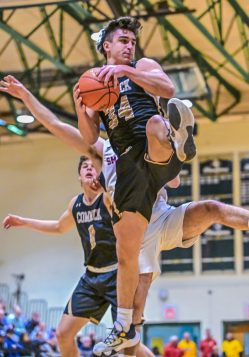

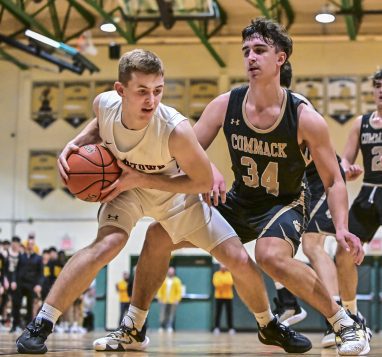
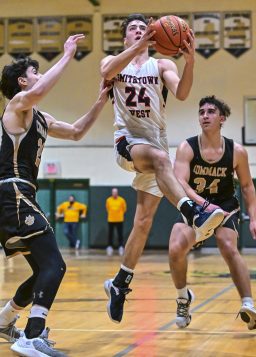
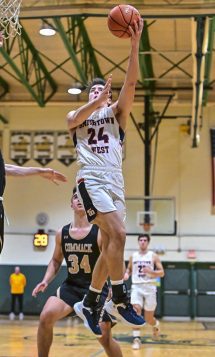

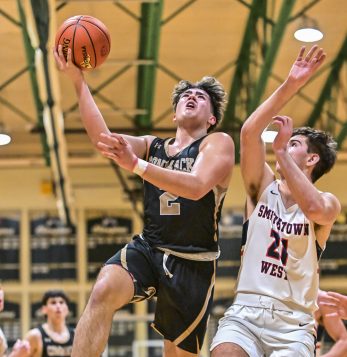
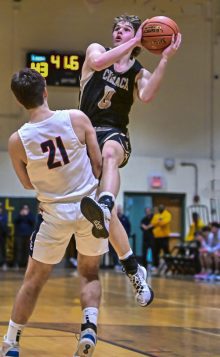
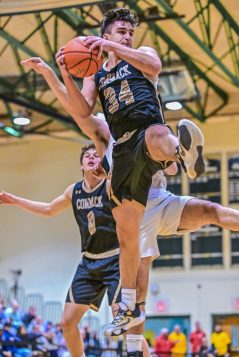
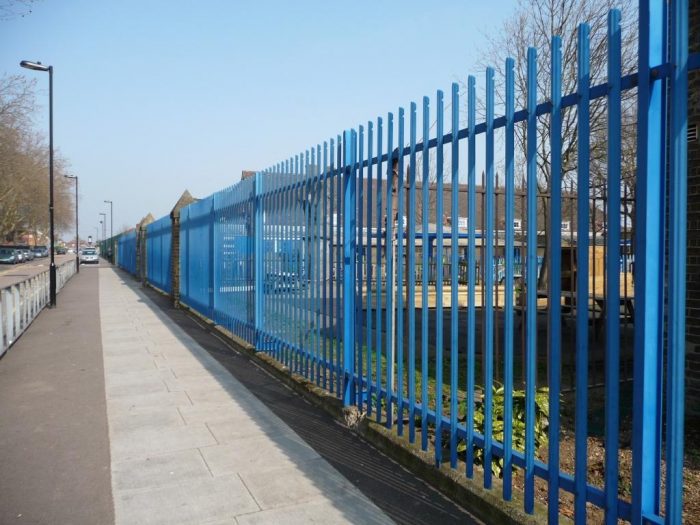




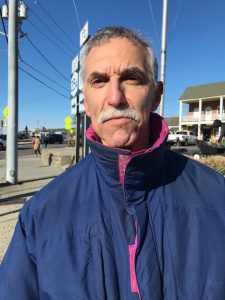 Louis Antoniello,
Louis Antoniello,
